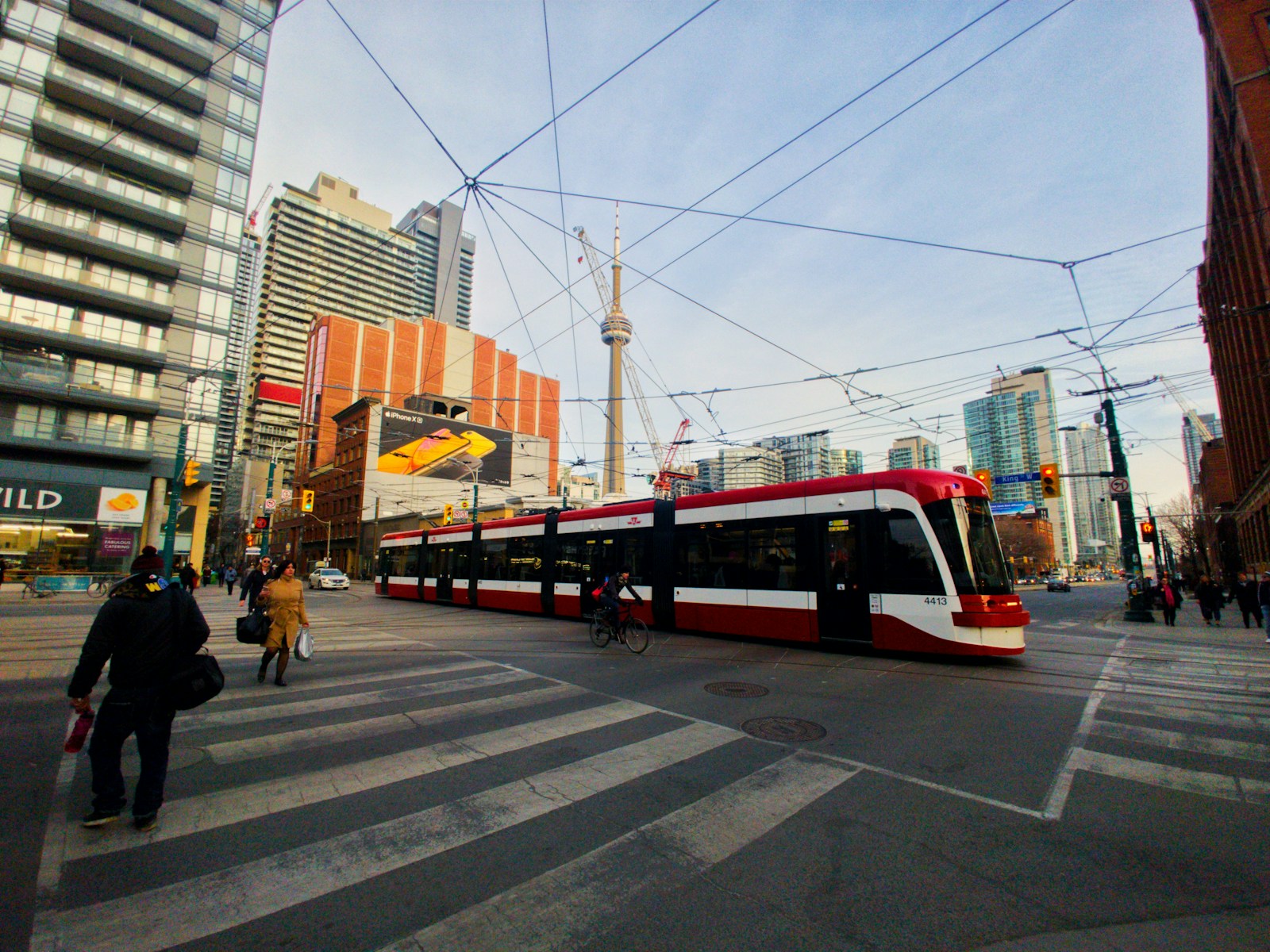From Campus to City with Ease: Navigating Student Transit in Toronto
This guide to Toronto transit for students gives an engaging, practical tour of the TTC and beyond, aimed at helping you get around efficiently, save money, and explore the city like a pro.
Know Your Ticket Options
Toronto’s public transit is run by the TTC, and students can take advantage of the discounted Youth fare (age 13–19) or post-secondary monthly pass at $128.15 on PRESTO. Don’t limit yourself! Linking TTC with GO Transit or regional systems can unlock 40% fare savings for student commuters. Always carry your student PRESTO card! Tapping in/out offers free two‑hour transfers across buses and subways helpful for tight schedules and campus-hopping.
Master the Maps & Apps
Beyond printed maps, download the TTC app and Google Maps with a transit layer for real-time bus and streetcar arrival times. These tools highlight delays and help you choose the fastest route. Bookmark university shuttle schedules and subway tweets for alert alerts on disruptions or track work. This will help you tweak my return route based on evening service changes.
Embrace Bike-Transit Integration
Toronto has grown bike-friendly, with many transit stations offering ample bike racks and even repair stands. Combine cycling with transit! Lock your bike at a station, and tap on the PRESTO for the next leg of your trip. During summer, this hybrid commute can cut travel time and help you avoid crowded buses.
Time Your Commute Smartly
Class schedules often cluster around peak hours. If your timetable allows flexibility, travel just outside rush hour (between 10 am–2 pm or after 7 pm) to avoid crush loads. Pro tip: late-night streetcar routes may be less frequent, so always check the “owl” schedules to avoid an unexpected wait.
Plan for Rain and Cold
Toronto weather can turn quickly. Keep a compact umbrella or lightweight rain jacket handy in your bag. For winter months, gloves and layers are essential. Subway platforms in Toronto aren’t heated like trains in some cities. Plan extra minutes into your schedule; buffalo wind and icy waits can cost travel time.
Explore the Passes Beyond TTC
Consider the Toronto Student Pass from your U‑Pass provider, if available. While some universities don’t include it, others do. Postsecondary students can also buy PRESTO regional passes that cover both TTC and GO, making it simpler to travel to Union Station or the outskirts without juggling payments.
Use Stations as Study Hubs
Many TTC stations like St. George, Yonge‑Bloor, and Union offer underground seating, free Wi‑Fi, and cafes close by. During efficient transfers, pull out my laptop or flashcards and study on the go. These productive pockets of time add up, and warming up in stations beats freezing on platforms.
Navigate Special Event Days
During festivals, Blue Jays nights, or marathons, routes around downtown can be rerouted. Stay updated through Twitter feeds (e.g. @TTCNotices) and plan ahead—sometimes walking a few extra blocks to a non-diverted stop keeps your commute smooth.
Safety and Etiquette Reminders
Always yield doors to exiting passengers, move to the back of the bus when it’s crowded, and switch to quieter voices. Headphones are welcomed, but keep one ear free to hear stop announcements. If you notice someone struggling on slick steps or elderly riders boarding, offer a hand! That makes Toronto transit friendlier and more accessible for all.
Conclusion
By choosing smart fares, using tech, commuting off-peak, and embracing mixed transit methods, you can navigate Toronto’s transit system with confidence and ease, maximizing both time and your campus experience.




